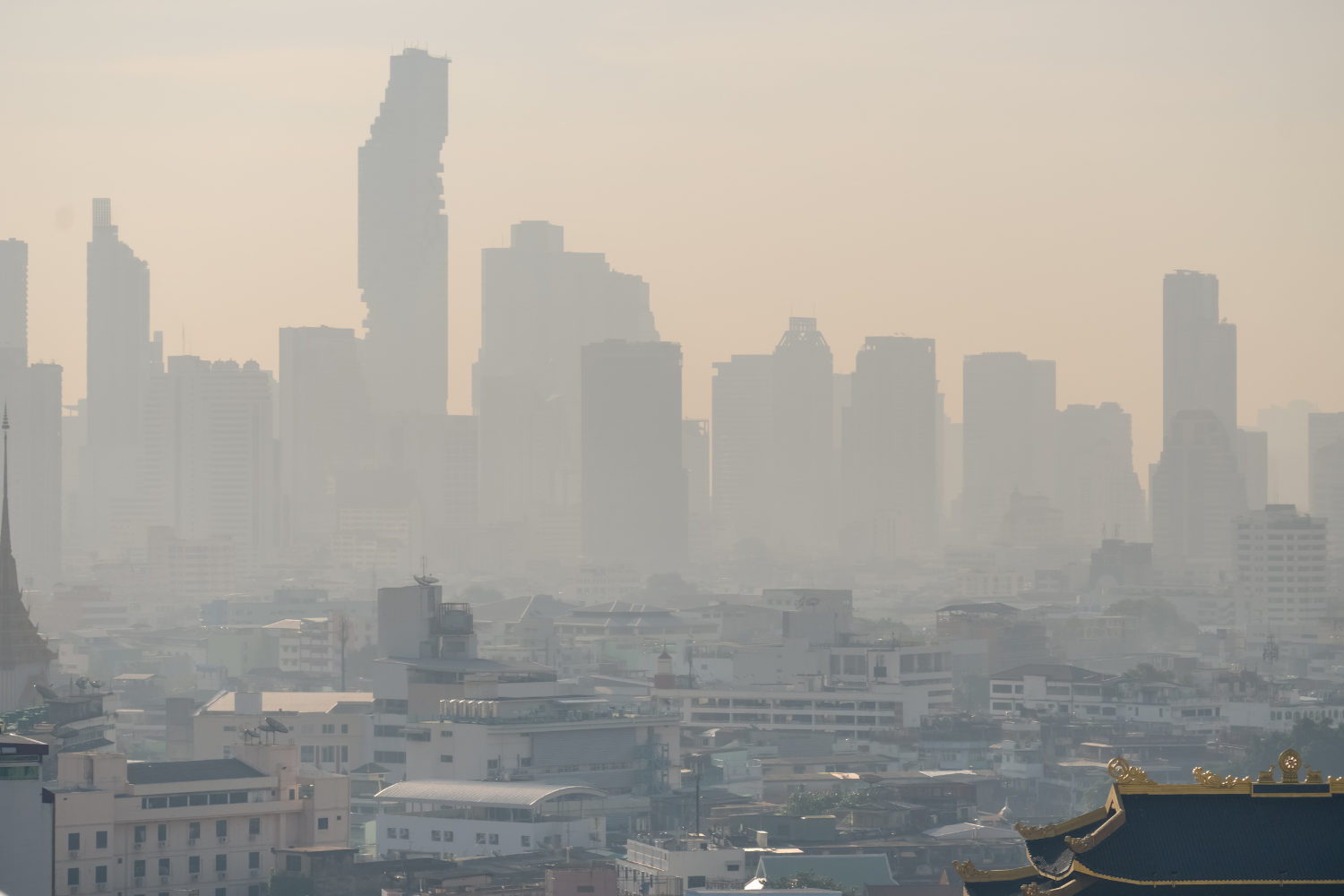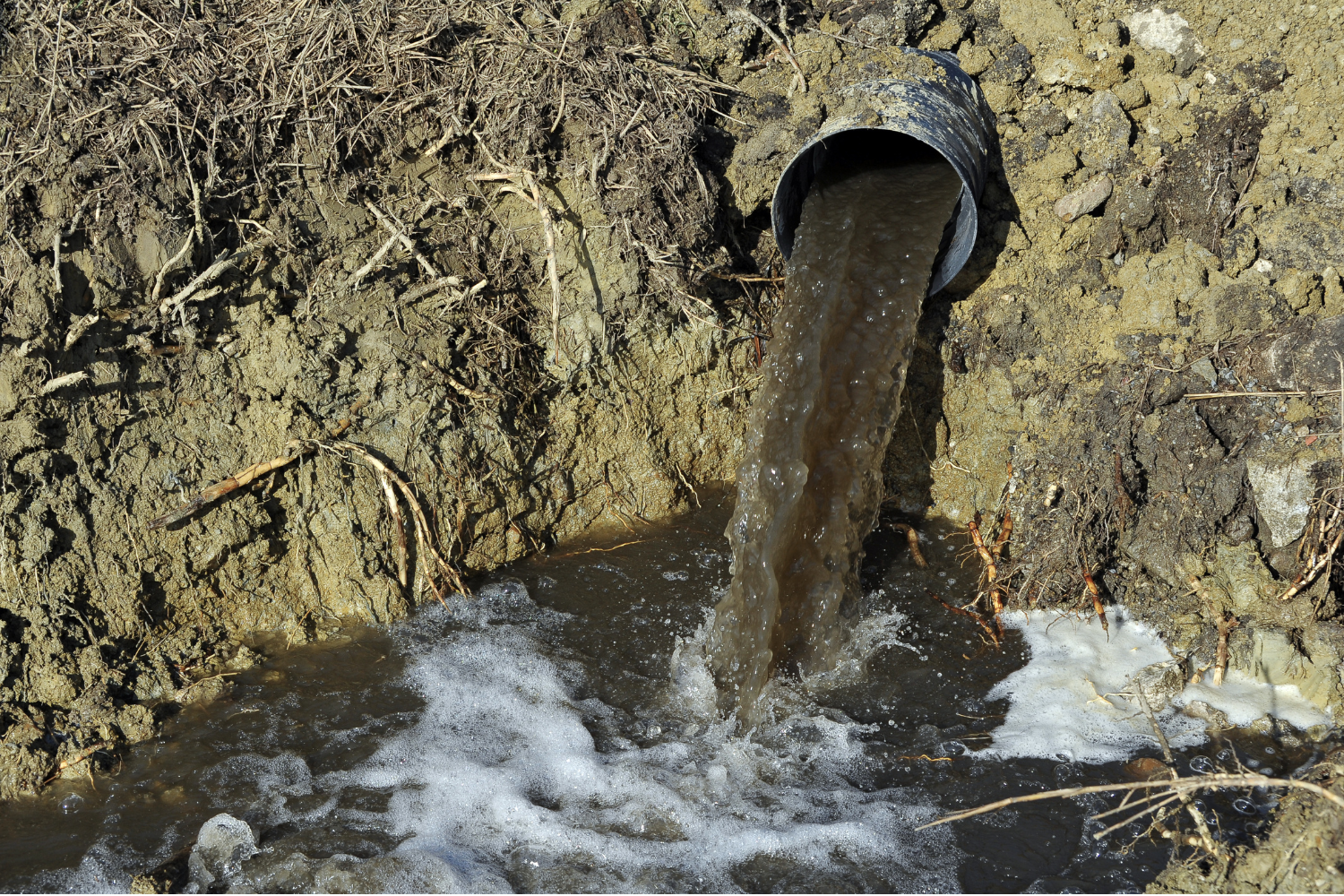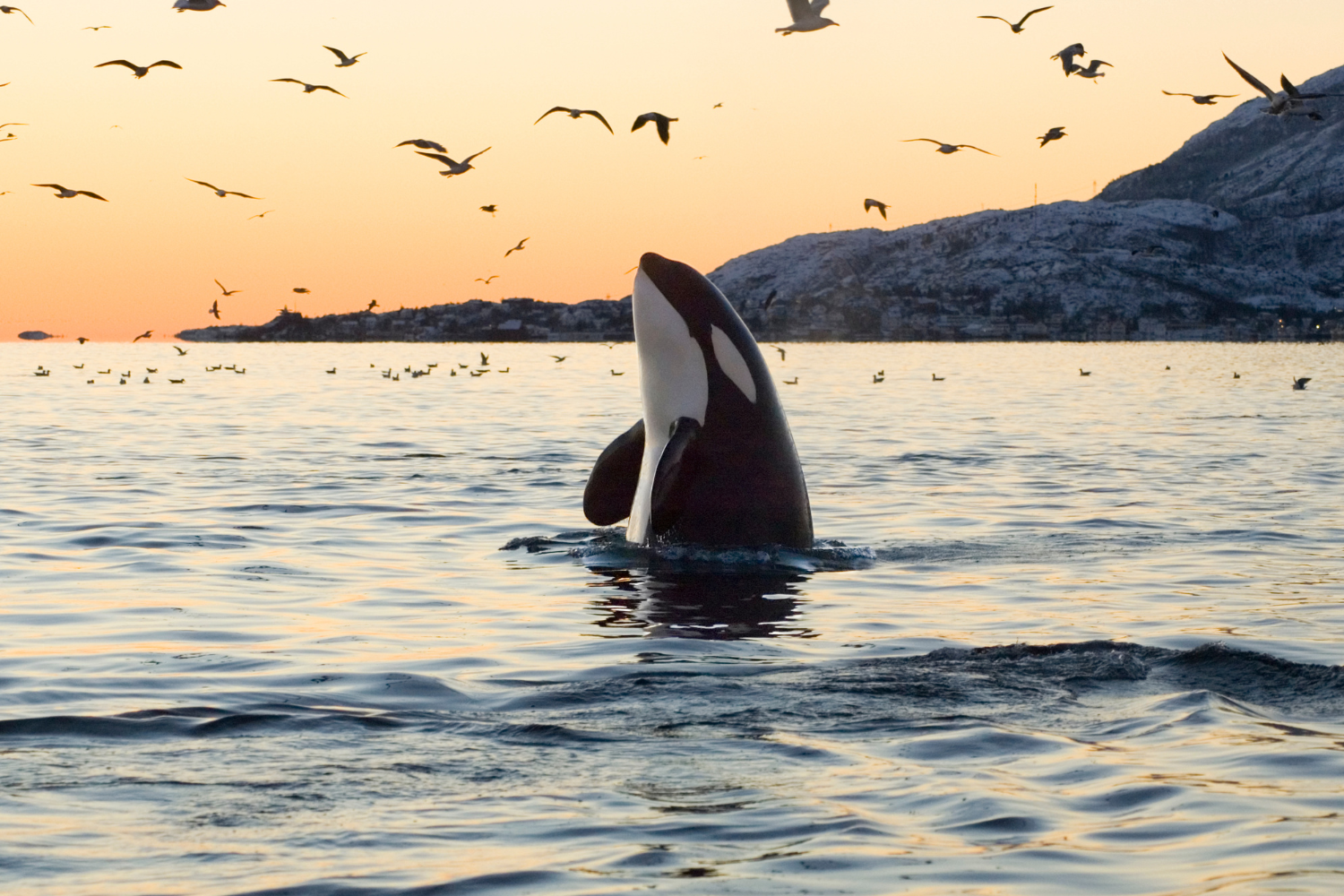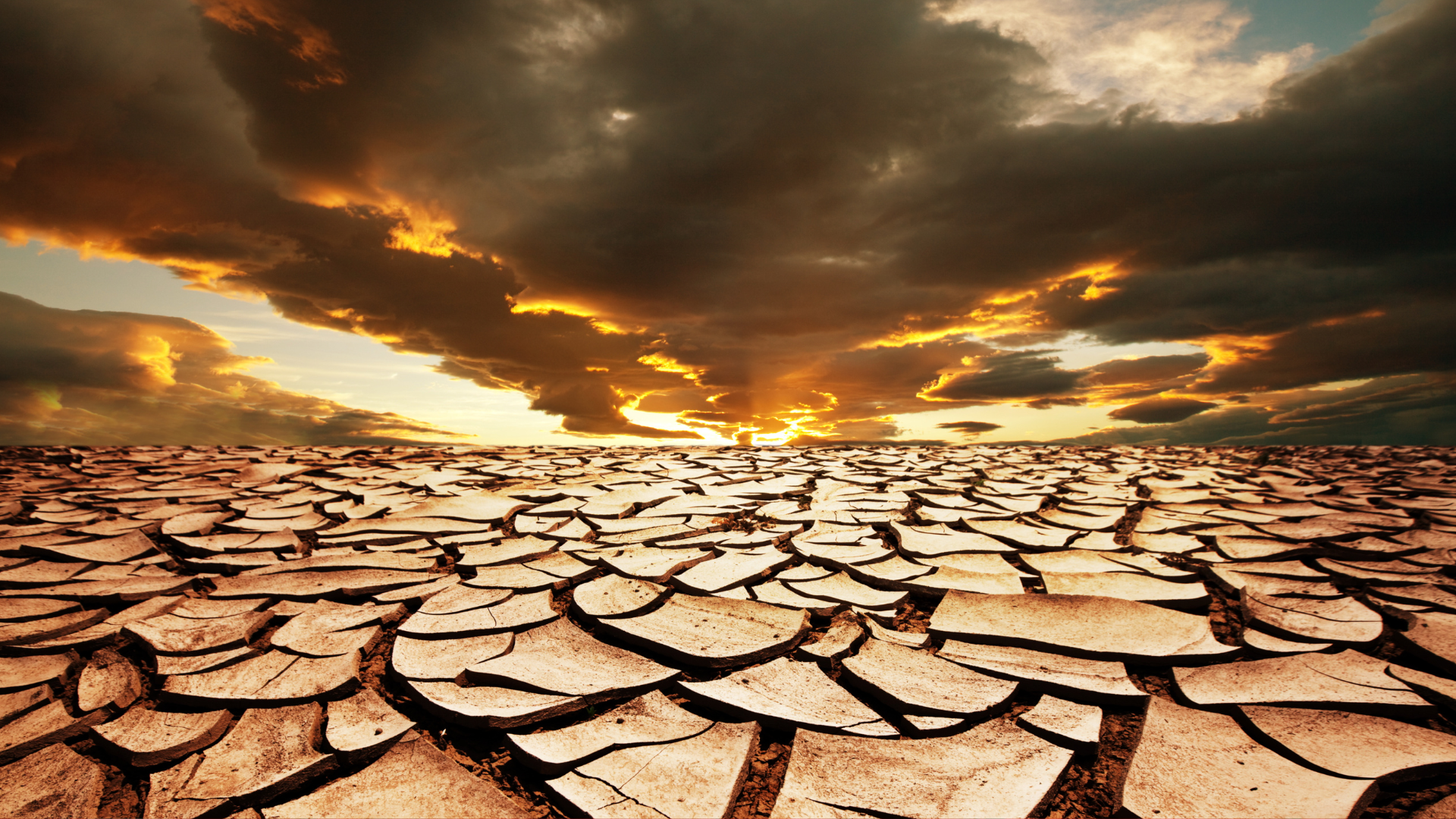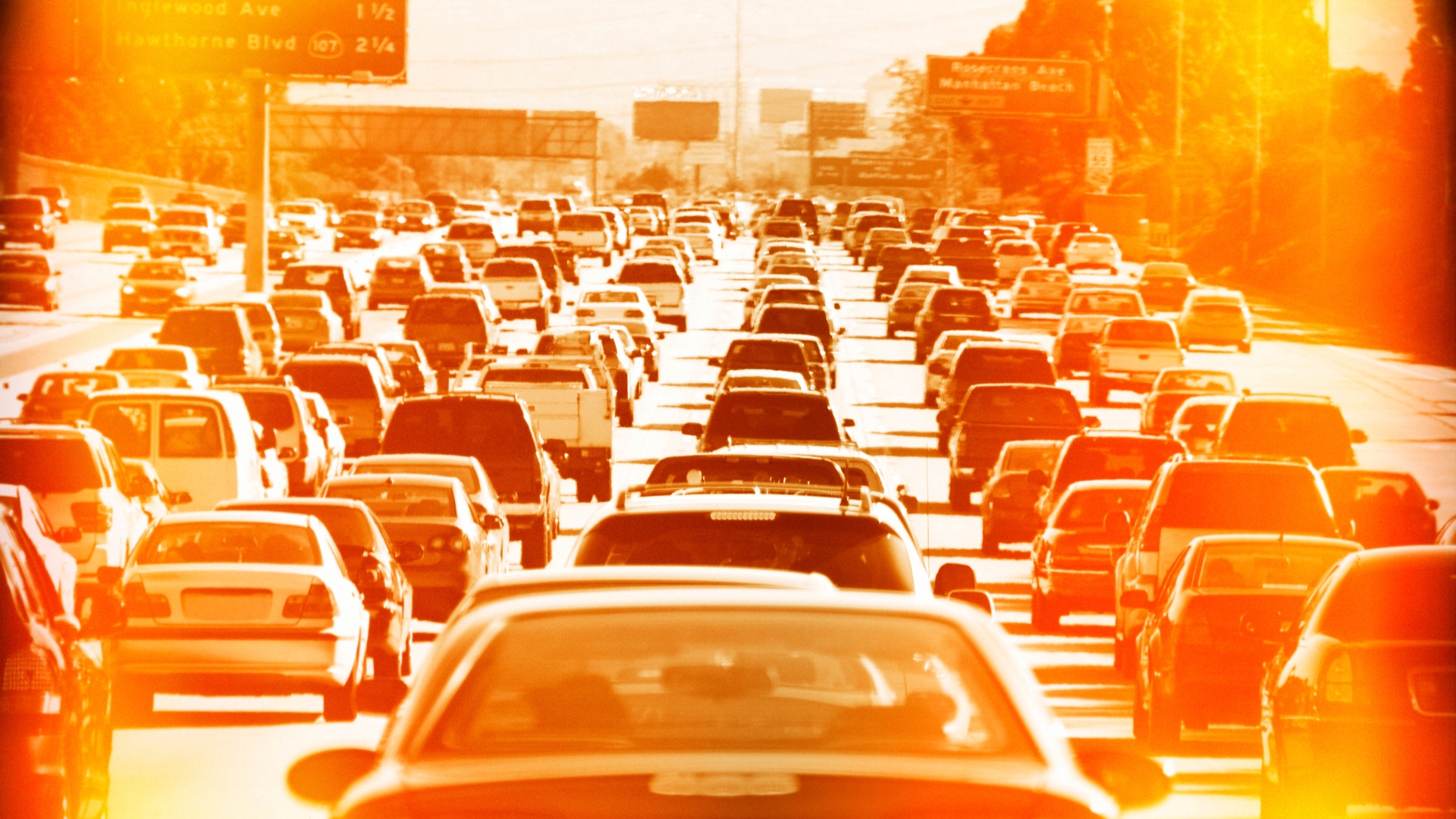Heavy metals and toxic chemicals
Industry is continuously developing new chemicals and compounds, many of which are subsequently shown to have serious negative effects on human health and the environment. Famous examples of highly harmful substances that have since been phased out include the pesticide DDT (dichlorodiphenyltrichloroethane) and leaded gasoline. Another example is PCBs, or polychlorinated biphenyls, which were banned in the U.S. in 1976 and internationally in 2001. Despite this, because PCBs don’t break down easily—like DDT, they are a type of persistent organic pollutant or ‘POP’—they remain in the environment in alarming concentrations, and have been linked to the rapid decline of orca populations.
Unfortunately, while some POPs aka “forever chemicals” have been banned, many new ones have since been added, such as PFAS (per- and polyfluorinated substances), widely used to make consumer goods “non-stick” or water- and stain-resistant. PFAS have been shown to accumulate in people’s bodies and have been linked to cancer and other serious diseases.


